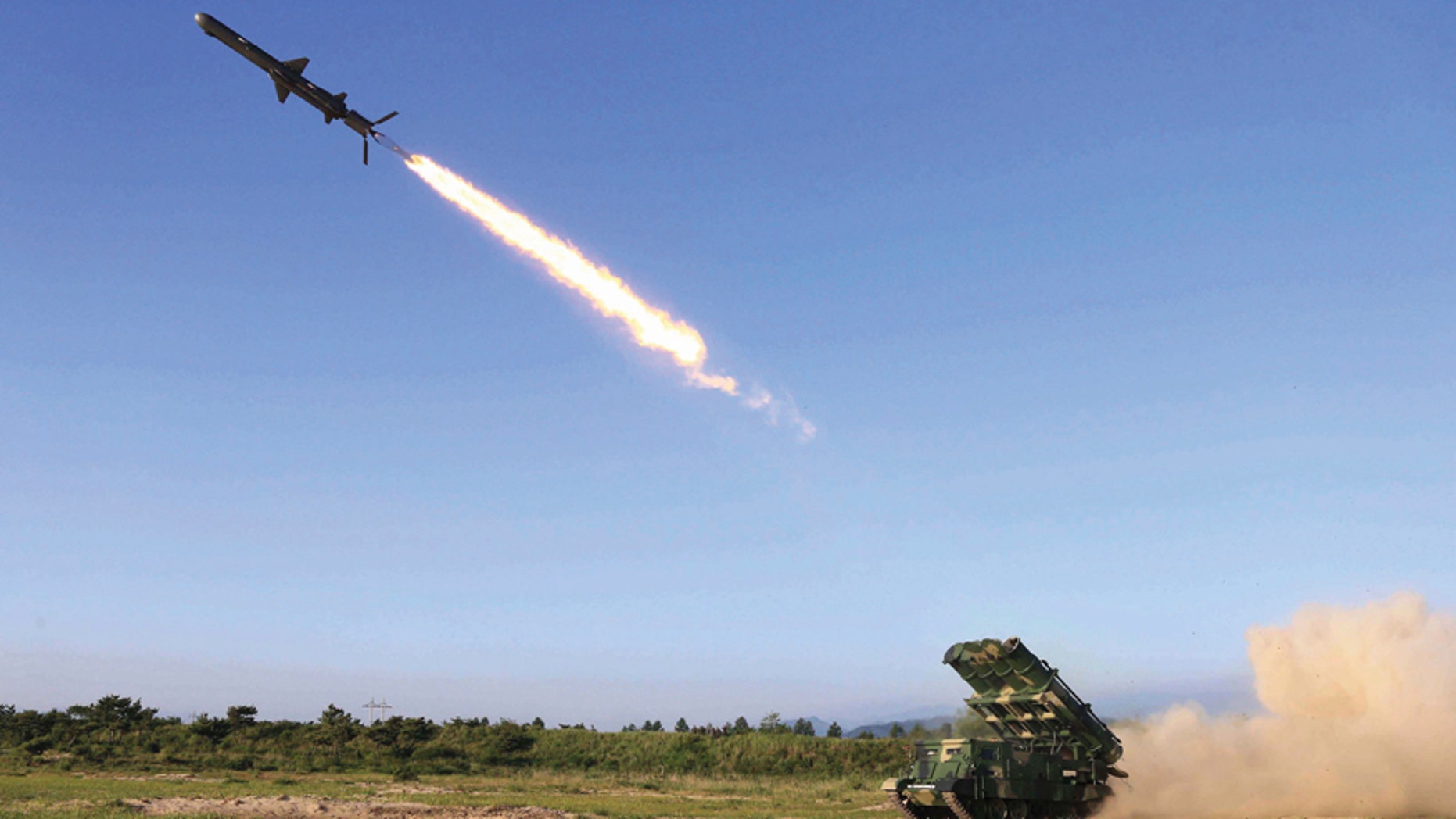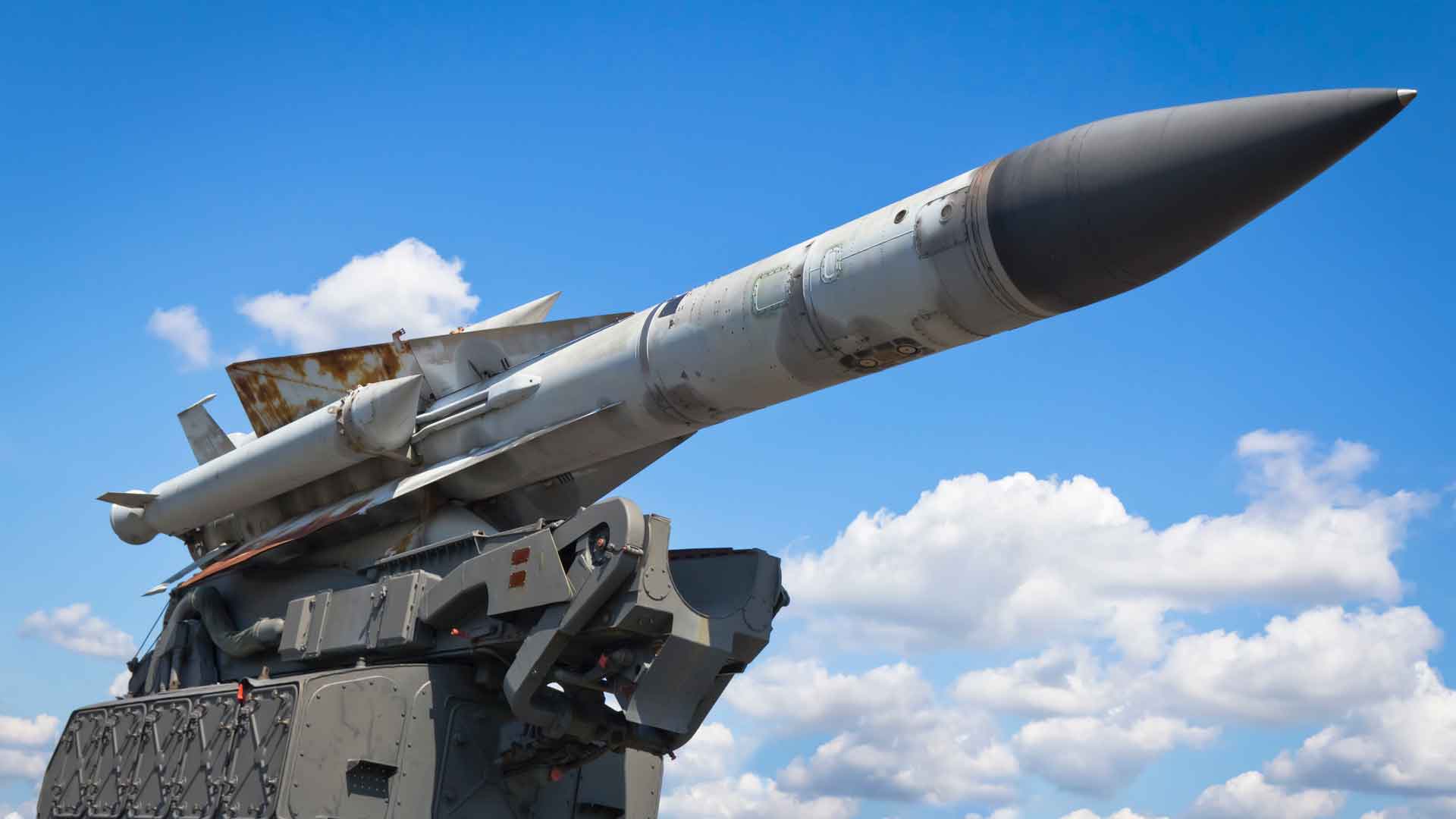Table Of Content

Cruise missiles are self-propelled for the majority of their time in the air, flying in a relatively straight line and at lower altitudes thanks to a rocket propellant. Think of a ballistic missile's flight path as a large arc up and back down again, while that of a cruise missile — fired from a warship, for instance — is closer to a straight line. As advanced cruise missiles approach their target, remote operators can use a camera in the nose of the missile to see what the missile sees.
Tomahawk launch platforms
Since then, the missile system has been used in nearly every conflict the United States has been involved in, including recent strikes against Houthi rebels in Yemen. Given the weapon's ubiquity, it's worth exploring what exactly a Tomahawk missile is. The United States Navy reports that over 2,300 Tomahawks have been deployed in combat, with that number increasing by the day. Once it is close to the target, the missile switches to a "terminal guidance system" to choose the point of impact.
Hypersonic
HACM will be the world’s first operational weapon system to use a scramjet engine. Like turbofan engines, scramjets scoop up oxygen from the surrounding atmosphere to use as fuel. One key difference between the two is that a turbofan engine scoops up oxygen at subsonic speeds, while a scramjet scoops it up at supersonic speeds. More oxygen means more fuel for the scramjet engine, which enables it to propel the missile even faster.

Guidance
The Tomahawk is a long-range, unmanned weapon with an accuracy of about 5 metres (16 feet). The 5.6-metre- (18.4-foot-) long missile has a range of up to approximately 2,400 km (about 1,500 miles) and can travel as fast as 885 km (550 miles) per hour. This engine weighs just 145 pounds (65 kg) and produces 600 pounds of thrust burning RJ4 fuel.
Russia-Ukraine War
These missiles travel faster than the speed of sound, usually using ramjet engines. The findings are among the most recent by Conflict Armament Research, an independent group based in Britain that identifies and tracks weapons and ammunition used in wars. A small team of its researchers arrived in Kyiv just before the attack at the invitation of the Ukrainian security service. Raytheon received a $349m contract for phase two of the Maritime Strike Tomahawk Rapid Deployment Capability to improve the Tomahawk cruise missile system in August 2019.
After achieving flight, the missile's wings are unfolded for lift, the airscoop is exposed and the turbofan engine is employed for cruise flight. Over water, the Tomahawk uses inertial guidance or GPS to follow a preset course; once over land, the missile's guidance system is aided by terrain contour matching (TERCOM). Terminal guidance is provided by the Digital Scene Matching Area Correlation (DSMAC) system or GPS, producing a claimed circular error probable of about 10 meters. Cruise missiles are among a growing collection of North Korean weapons designed to overwhelm regional missile defenses.
Tomahawk (missile)
India conducts test flight of locally developed cruise missile - defence-blog.com
India conducts test flight of locally developed cruise missile.
Posted: Fri, 19 Apr 2024 11:51:31 GMT [source]
That number consists of Ohio-class submarines, Arleigh Burke-class destroyers, and more. The United States Army has also tested launching Tomahawks from ground-based platforms. The USS Missouri, a World War II-era battleship and the very last of its kind, was fitted to fire Tomahawks during the opening salvos of the First Gulf War. It fired a total of 28 cruise missiles, in addition to its 16-inch deck guns. Between 1957 and 1961 the United States followed an ambitious and well-funded program to develop a nuclear-powered cruise missile, Supersonic Low Altitude Missile (SLAM).

Royal Canadian Navy
The Tomahawk Land Attack Missile (TLAM) can strike high-value or heavily defended land targets. The Block II TLAM-A missile achieved initial operating capability in 1984. The missile was first deployed in combat during Operation Desert Storm in 1991. The submarines USS Louisville and USS Pittsburgh launched Tomahawks in 1991 at targets in Iraq and became the first submarines to fire Tomahawks while submerged. The actual payload of the Tomahawk can consist of a number of different munitions.
India sends supersonic missiles to Philippines that ‘can hit’ China’s ships - Washington Examiner
India sends supersonic missiles to Philippines that ‘can hit’ China’s ships.
Posted: Mon, 22 Apr 2024 19:30:04 GMT [source]
The main advantages were speed (although not sufficient to outperform contemporary propeller-driven interceptors) and expendability. The production cost of a V-1 was only a small fraction of that of a V-2 supersonic ballistic missile with a similar-sized warhead.[6] Unlike the V-2, the initial deployments of the V-1 required stationary launch ramps which were susceptible to bombardment. Bomber-launched variants of the V-1 saw limited operational service near the end of the war, with the pioneering V-1's design reverse-engineered by the Americans as the Republic-Ford JB-2 cruise missile.
Eventually, gravity guides the missile — and its payload, which might be an explosive, a chemical or biological weapon, or a nuclear device — down toward its target. The most common mission for cruise missiles is to attack relatively high-value targets such as ships, command bunkers, bridges and dams.[52] Modern guidance systems permit accurate attacks. Tomahawk is a long-range, all-weather, subsonic cruise missile in service with the surface ships and submarines of the US and the UK’s Royal Navy. Originally produced by General Dynamics, Tomahawk is currently manufactured by Raytheon. The U.S. Navy states that 140 total craft are capable of launching Tomahawks.
The DSMAC system uses a camera and an image correlator to find the target, and is especially useful if the target is moving. A cruise missile can also be equipped with thermal imaging or illumination sensors (as used in smart bombs). A digitized image of an area is mapped and then inserted into a TLAM mission.
The missiles donated to Ukraine are launched from specially modified Su-24 Soviet-era strike jets. Storm Shadow/SCALP was also used against the Khaddafi regime in Libya in 2011, ISIS in 2015, and by Saudi Arabia against Yemeni rebels in 2016. When you hear about hundreds of cruise missiles being fired at targets, they are almost always Tomahawk cruise missiles launched from destroyers. Cruise missiles have an 8.5-foot (2.61-meter) wingspan, are powered by turbofan engines and can fly 500 to 1,000 miles (805 to 1,610 km) depending on the configuration.
The air-launched cruise missile (ALCM) had a length of 6.3 m (20.7 feet); it attained a range of 2,500 km (1,500 miles). The Tomahawk sea-launched cruise missile (SLCM) and the Tomahawk ground-launched cruise missile (GLCM) had a length of 6.4 m (21 feet), a diameter of 53 cm (21 inches), and a range of 2,500 km (1,550 miles). A subsonic cruise missile flying a straight flight path and unable to take evasive action would prove easy meat to any enemy interceptor that happened upon it.
These missiles have a range of over 1,000 kilometres (620 mi) and fly at about 800 kilometres per hour (500 mph).[37] They typically have a launch weight of about 1,500 kilograms (3,300 lb)[38] and can carry either a conventional or a nuclear warhead. Earlier versions of these missiles used inertial navigation; later versions use much more accurate TERCOM and DSMAC systems. A cruise missile is a subsonic guided missile that uses a turbojet, a smaller version of the jet engines that power today’s airplanes, to reach its targets. Cruise missiles often have small, stubby wings to allow them to bank and turn, following an invisible flight path in the sky.
HACM is a hypersonic weapon, which means it flies at Mach 5 or faster—but we don’t know exactly how much faster it will fly. Most missiles that remain in the atmosphere, like air-to-air missiles, top out at around Mach 3+. SCIFiRE was descended from the earlier HIFiRE program, which tested a scramjet engine at speeds up to Mach 8. In 2020, the U.S. and Australia jointly began the Southern Cross Integrated Flight Research Experiment partnership, or SCIFiRE. The contract will mature the Raytheon SCIFiRE prototype into an actual weapon system. Cruise missiles are unmanned vehicles that are propelled by jet engines, much like an airplane.
While ballistic missiles were the preferred weapons for land targets, heavy nuclear and conventional weapon tipped cruise missiles were seen by the USSR as a primary weapon to destroy United States naval carrier battle groups. In 1944, during World War II, Germany deployed the first operational cruise missiles. The V-1, often called a flying bomb, contained a gyroscope guidance system and was propelled by a simple pulsejet engine, the sound of which gave it the nickname of "buzz bomb" or "doodlebug". Accuracy was sufficient only for use against very large targets (the general area of a city), while the range of 250 km was significantly lower than that of a bomber carrying the same payload.

No comments:
Post a Comment